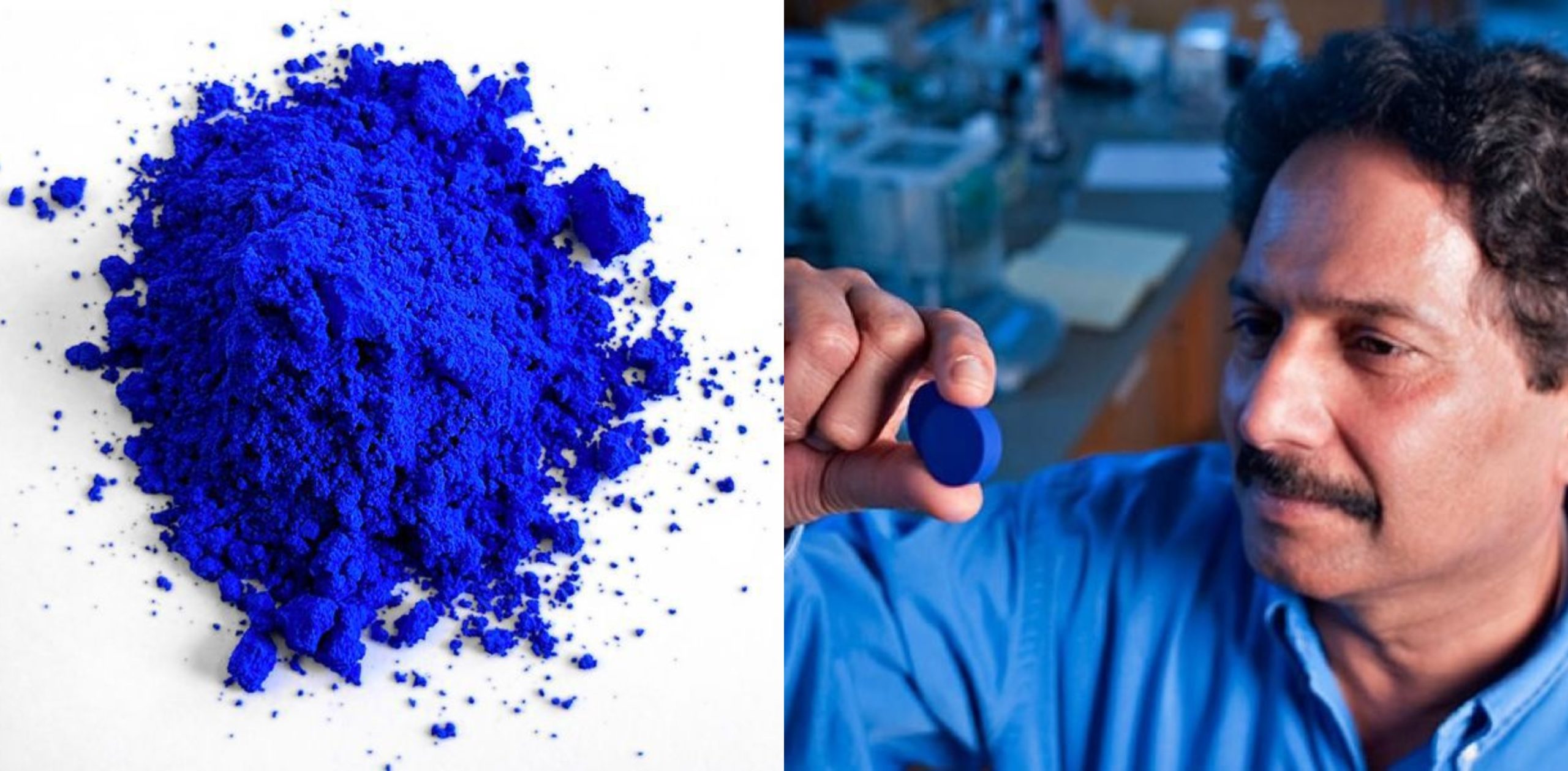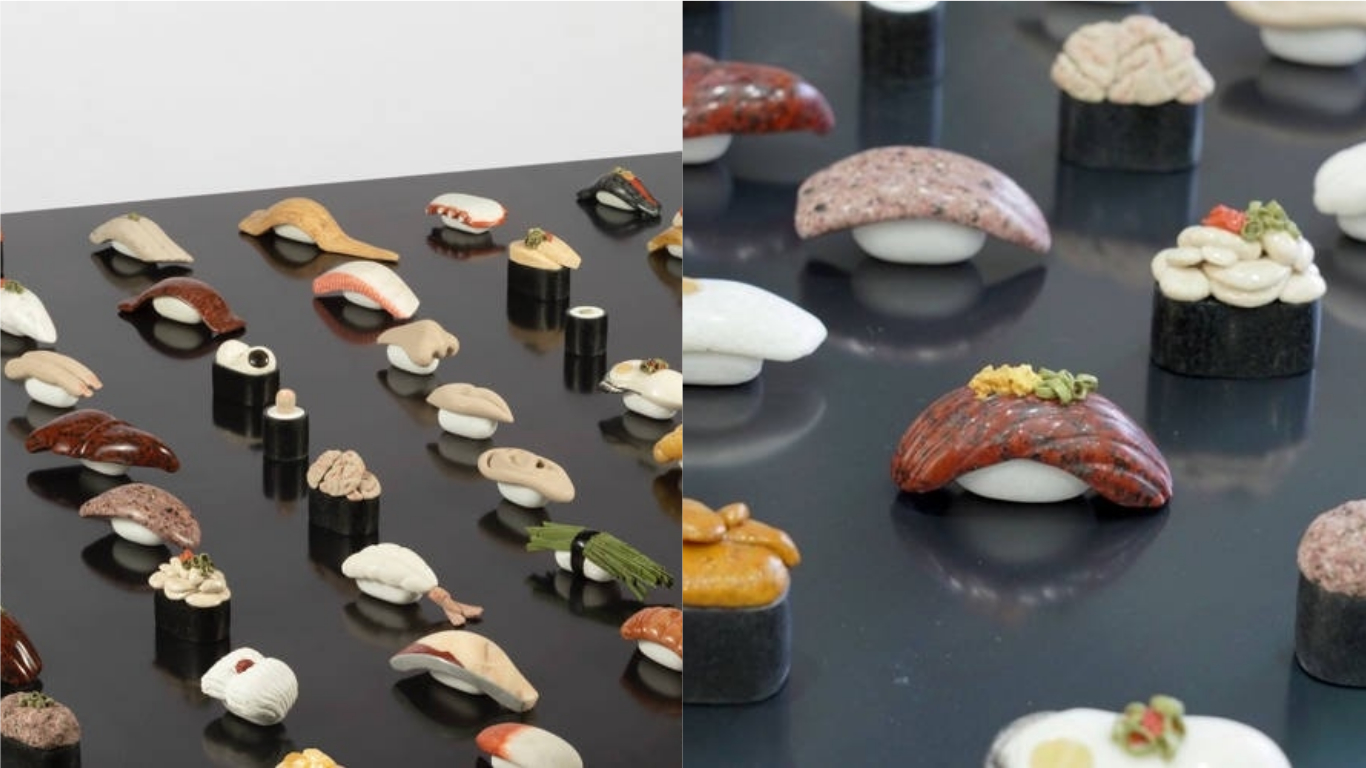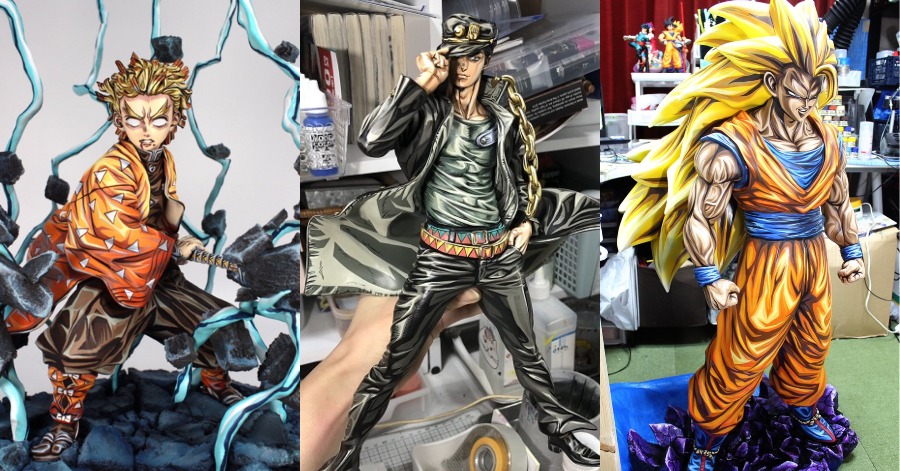“People have been looking for a good, durable blue color for a couple of centuries,” Subramanian told NPR’s Gabriel Rosenberg in 2016.
Eleven years later, in May 2020, the punchy pigment, which is much more vibrant than cobalt or Prussian blue, was formally licensed for commercial use by the United States Environmental Protection Agency (EPA), as Coatings World announced at the time.
In September 2017, the government agency approved YInMn for use in industrial coatings and plastics, but since consumer use testing is much more stringent, commercial paint manufacturers and artists alike were faced with a much longer wait.
Now that the EPA has issued its stamp of approval, the pigment is finally available for commercial use, with YInMn Blue items being sold by paint retailers such as Kremer Pigmente in Germany and Golden in the USA. For public use, a dry powder version has yet to be accepted.
Mark Ryan, a marketing manager for the Shepherd Color Group, a pigment manufacturing company that received a YInMn license in 2016, tells Artnet News that “the art world likes it because of the color.”
Called after its chemical components of yttrium, indium, and manganese oxides, YInMn absorbs red and green wavelengths while reflecting blue wavelengths to create a bright blue hue. YInMn absorbs red and green wavelengths while reflecting blue wavelengths.
A hybrid of ultramarine and cobalt blue, the unusual hue fills “a gap in the range of colors,” according to Artnet News art supply manufacturer Georg Kremer.
He adds, “The pureness of YInMn Blue is really perfect.”
For centuries, people around the world have gravitated toward blue, which was the first pigment created by man. Given the challenge of extracting blue from natural sources, artists have had to produce synthetic blue pigments throughout history.
The last commercially developed, inorganic blue pigment prior to YInMn Blue was cobalt, which was discovered in 1802 and first produced in France in 1807, according to Emma Taggart of My Modern Met. If ingested in large amounts, cobalt is poisonous; it doesn’t reflect heat well and appears to fade with time.
“[YInMn Blue is] really an exceptional blue because it reflects heat more than cobalt blue, it’s really stable and it’s a really great color like lapis lazuli,” Subramanian told NPR.
YInMn Blue is only readily available to American consumers, both rare and costly, through Golden, which sells the pigment on a small, custom-order basis, and through the Italian Art Store. The company, a small family business based in Maine, sells 1.3-ounce paint tubes for $ 179.40, six times more than its most expensive acrylic paint tube.
Source: Smothsonian Magazine









Leave a Comment